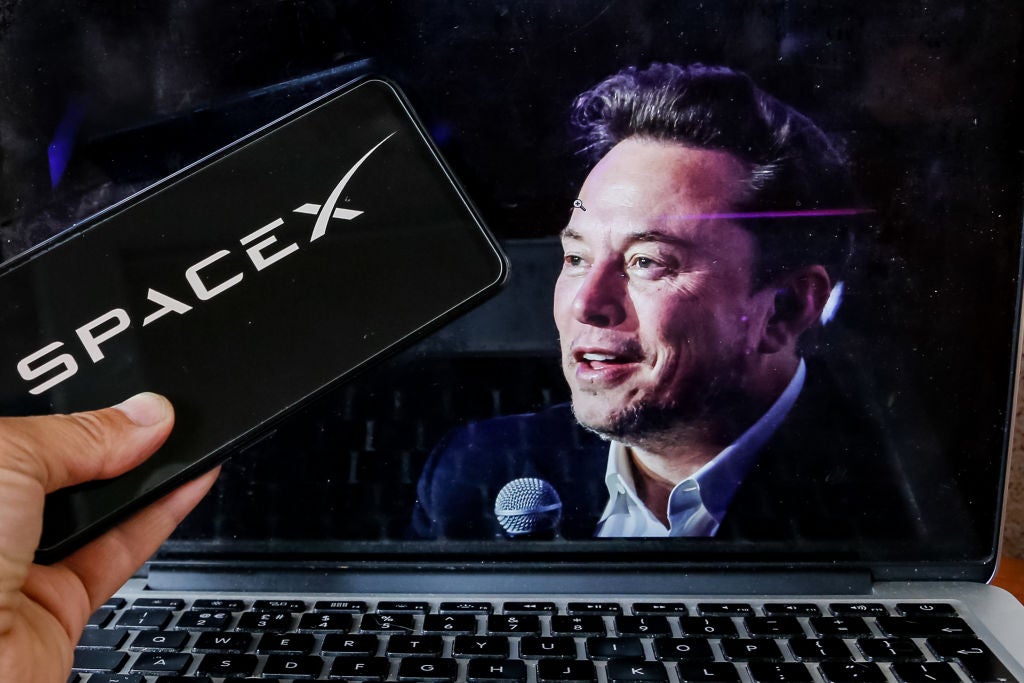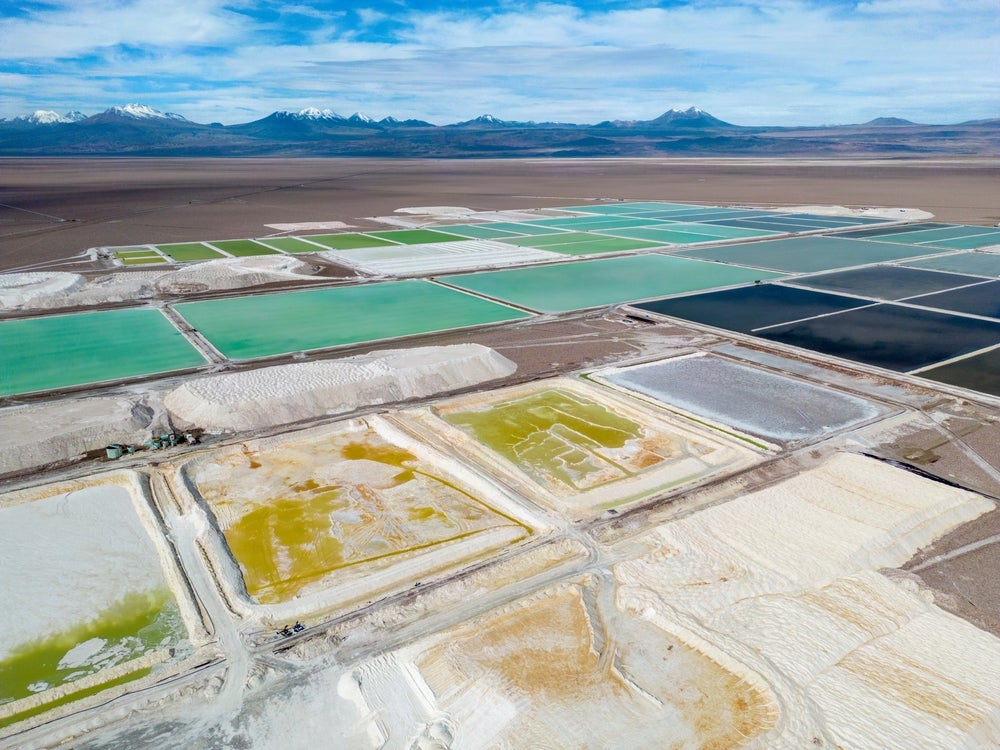Space remains the final frontier, but it is no longer the sole domain of governments and incumbent aerospace and defence companies.
Technological advances in manufacturing, propulsion, and the launch of rockets have made it much easier and less expensive to venture into space. Those businesses that back in the early 2000s pursued emerging opportunities, have gained a first-mover advantage.
Take SpaceX, for example. It was founded by Elon Musk on 14 March, 2002, and helped usher in the era of commercial space flight. It was the first private company to launch a spacecraft into orbit and return it safely to Earth. Today, SpaceX is charging clients $67m per launch of the Falcon 9, its partially reusable medium-lift launch vehicle, and it dominates the space sector.
The space tourism dream
Virgin Galactic was founded by Sir Richard Branson just a couple of years after SpaceX on a dream of space tourism, a dream that after several setbacks along the way, is beginning to deliver for commercial clients. Virgin Galactic recently completed its sixth commercial flight in six months, with tickets starting at $450,000 a seat on its rocket-powered Unity space plane. But Branson has ruled out putting more money into Virgin Galactic, saying his business empire “does not have the deepest pockets” anymore.
The group has said it has enough funding to carry it through to 2026, when a bigger space vehicle, Delta, is expected to enter service. Delta is expected to carry six passengers, against the current Unity’s four, and plans to launch more frequently. No one said launching commercial space flights, never mind space tourism, would be easy, let alone a success. Branson can justifiably claim to have been a pioneer. But it may be future entrepreneurs that truly build space tourism at scale.
We have gone from a space race to a space economy. Investor interest, evident gaps in the market, and advances in space technologies have led to a surge in start-ups entering the space economy in the last five years. And more will follow.
How well do you really know your competitors?
Access the most comprehensive Company Profiles on the market, powered by GlobalData. Save hours of research. Gain competitive edge.

Thank you!
Your download email will arrive shortly
Not ready to buy yet? Download a free sample
We are confident about the unique quality of our Company Profiles. However, we want you to make the most beneficial decision for your business, so we offer a free sample that you can download by submitting the below form
By GlobalDataSpace, a national opportunity
As we have seen, governments, too, now see space as an opportunity and are investing in it. In August 2023, India’s Chandrayaan-3 was the world’s first spacecraft to land on the south pole of the Moon. The successful landing led to a collective national celebration. And perhaps to a national space industry that creates thousands of jobs for a young population.
Events like India’s success are rare. The unforgiving environment of space exploration is matched by the harsh financial reality of developing space technologies, which has made acquisitions of complementary companies, strategic suppliers, and partners more likely. The sector has become incredibly competitive, with various start-ups developing similar concepts for cost-effective rockets and satellites to rival the aerospace giants.
Market consolidation and joint ventures
Market consolidation will continue, and so will the launches. The European Space Agency (ESA), for example, is planning Galileo satellite navigation launches for April and July/September 2024.
In May, there will be the launch of a satellite joint venture between ESA and the Japan Aerospace Exploration Agency (JAXA). It will be an Earth observation satellite, EarthCARE, that will investigate the role that clouds and aerosols play in reflecting incident solar radiation back into space and trapping the infrared radiation emitted from Earth’s surface to better understand the evolution of Earth’s temperature. The big launch will be the inaugural flight of Ariane 6, the new heavy-lift launch system being developed by ESA. That will be sometime between mid-June and the end of July 2024.
UK funding
In the UK, the government recently announced £47m ($59m) in funding to boost activity and innovation in the Earth observation sector as the country re-enters Copernicus, the Earth observation component of the European Union’s Space program, in January 2024. The fund will support businesses that use Earth observation data including small and medium enterprises, to explore new projects and bolster the economy, with around 18% of UK GDP underpinned by satellite services.
Join our Webinar
Like to know more about the Space Economy? Join today’s webinar hosted by Carolina Pinto, William Tyson, and Jordan Strzelecki from the Thematic Intelligence team. It is at 4PM (GMT). If you sign up for today’s flight, you can also get the recording and slides. See you on the launchpad!









Related Company Profiles
Virgin Galactic Holdings Inc
European Space Agency SA
SpaceX